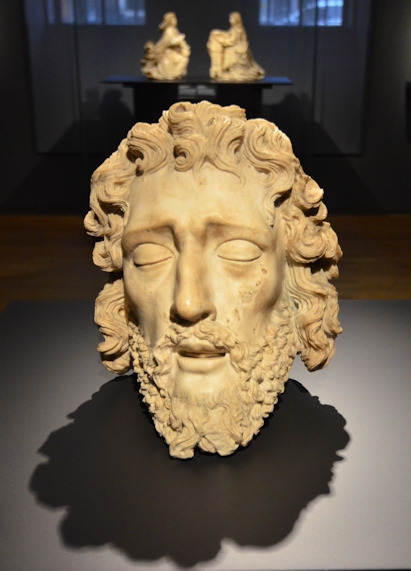
My memoir, Hope and Other Luxuries, tells about my attempts to cope with my daughter Elena’s anorexia nervosa. But it also tells the story of my creative life from the beginning of my writing career. I’ve decided to share those sections of my memoir that deal with creativity, writing, and publishing here on my blog.
The short excerpt below comes from page 205. An earlier excerpt has already brought up the fact that my characters sometimes help me understand things about the real world. This one shows how I sometimes put a character between me and the real world and react to the character rather than to reality. I suspect this is a defense strategy. Also, I remember a writer—I think it was T.R. Pearson—talking once about how we writers understand our characters better than we understand real people. That makes a lot of sense to me.
When I realized that my daughter had to stay locked up in a mental institution where she very likely didn’t belong, what I felt was beyond horror. To know that my beloved child, who trusted me, was being held prisoner and that it was my signature on a form that had put her there . . .
My imagination immediately dredged up all the most ghastly images that anxiety and guilt could conjure and played them all for me in one long, gruesome ordeal. Outside was a honey-colored sunset and the long, inconspicuous process of twilight, but none of the mundane things I saw around me seemed to match what I was going through in my head. It was as if I were watching a movie about my hotel room while actually being somewhere else, somewhere very dark and scary that I couldn’t escape. And in that dark, scary place was this movie of a lit-up hotel room, playing on a little computer monitor in the corner.
Gray dusk congealed into black night. All the lights were on in that little hotel room on the monitor. But they couldn’t light up the dark, scary place I was in.
It isn’t that I stopped thinking. If anything, my thoughts spun too quickly. I was worrying, and I was regretting, but strangely enough, I wasn’t thinking about Elena. All I could think of was Kate, my Jane Austen girl from Marak’s goblin kingdom. She ended up locked in the caves underground, and for a very long time, she hated it there. She would go to the doors and argue and beg to be let out.
Now, as I staggered around in that dark, scary place, I could hardly bear to think of what I had made Kate suffer. How could I do that? I thought. How could I have been so cruel? And I found myself obsessing over how I could reach her—how I could apologize to my character for what I had put her through.
Text copyright 2015 by Clare B. Dunkle; text courtesy of Chronicle Books. Photo of an alabaster head of John the Baptist in the Rijksmuseum, Amsterdam, the Netherlands, copyright 2014 by Joseph Dunkle. To read my latest blog posts, please click on the “Green and Pleasant Land” logo at the top of this page.
